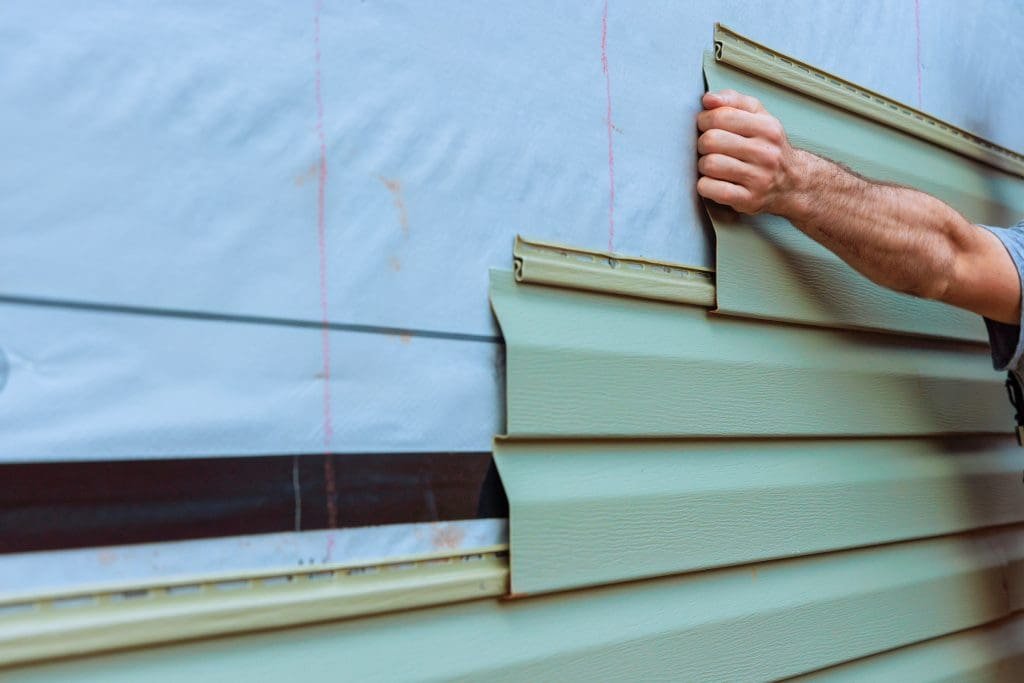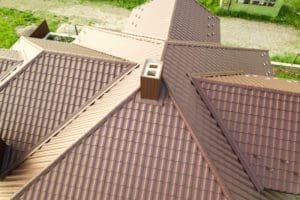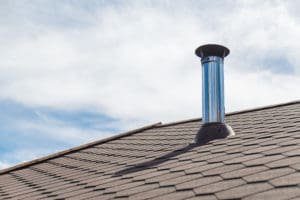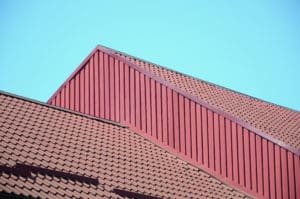Siding replacement is one of those home improvement projects that can greatly affect the aesthetic appeal, energy efficiency, and overall value of your home. Whether your current siding is aging, damaged, or simply out of style, knowing the do’s and don’ts of siding replacement is essential to ensure the best results. This comprehensive guide will walk you through the key considerations and best practices for a successful siding replacement project.
Understanding the Importance of Siding Replacement
The Role of Siding in Home Maintenance
Siding acts as the first line of defense for your home against the elements. It protects against moisture, pests, wind, and other external factors that can damage your home’s structure. Over time, however, siding can deteriorate due to weather exposure, termites, or even UV rays, leading to potential risks such as water damage, mold growth, and increased energy bills.
Furthermore, siding contributes significantly to your home’s curb appeal. With countless options available on the market, homeowners can opt for materials that reflect their style while also enhancing property value. Essentially, a well-maintained exterior can lead to increased marketability should you decide to sell your home. The aesthetic choices you make regarding siding can also create a welcoming atmosphere, setting the tone for visitors before they even step inside. From classic wood to modern fiber cement, each material offers unique benefits and styles, allowing homeowners to tailor their exteriors to their personal tastes and the architectural style of their home.
Why Timely Siding Replacement is Crucial
Ignoring the need for siding replacement can result in more severe issues down the line. For instance, damaged siding might allow water infiltration, leading to costly repairs for both the siding and the underlying structure. Cracked, warped, or peeling siding is not just an eyesore; it can also indicate deeper problems such as mold or rot that may compromise the integrity of your home. Additionally, siding that is not performing optimally can lead to increased energy consumption, as your heating and cooling systems work harder to maintain a comfortable indoor environment.
Moreover, some siding materials have a limited lifespan. For instance, traditional wood siding might last around 20 years, while vinyl siding may last 25-30 years. When nearing the end of life, it’s essential to assess whether your siding still serves its protective purpose, as well as its energy efficiency. Replacing old siding in a timely manner ultimately saves you from larger expenses in the future. It’s also worth noting that advancements in siding technology have led to the development of more durable and energy-efficient materials, such as insulated vinyl and composite siding, which not only enhance the protective qualities of your home but also contribute to lower utility bills. Investing in modern siding options can drastically improve your home’s performance, making timely replacement not just a necessity, but a smart financial decision as well.
The Do’s of Siding Replacement
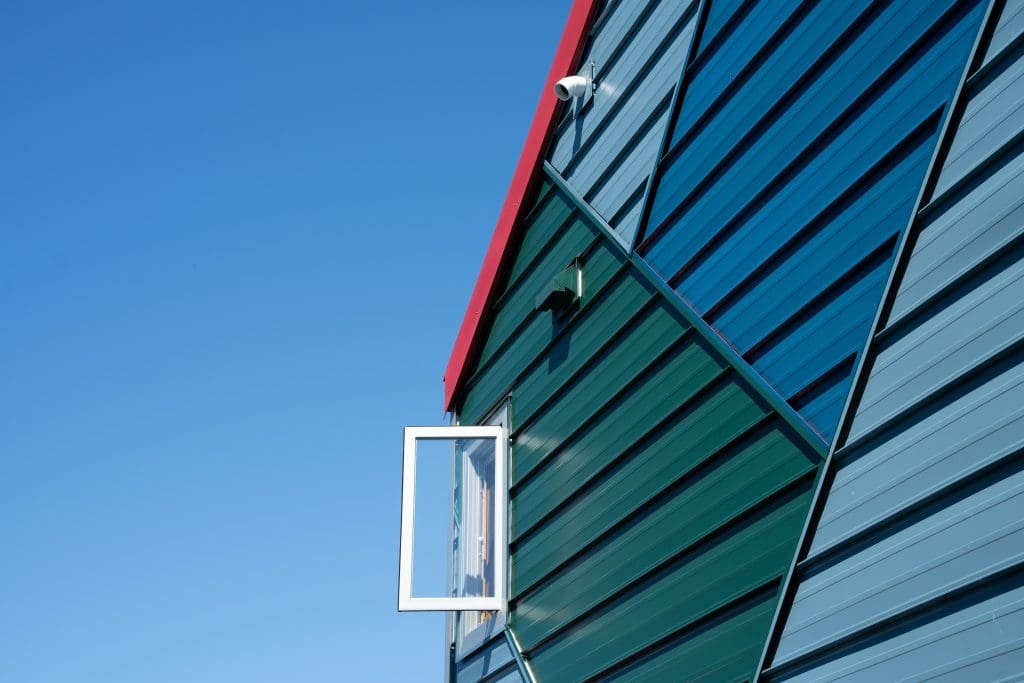
Choosing the Right Material for Your Siding
The first step in a successful siding replacement is selecting the right material. Each material comes with its unique set of benefits and drawbacks. Popular options include:
- Vinyl Siding: Known for its affordability and low maintenance, vinyl is a favorite among many homeowners.
- Wood Siding: Offers natural beauty, but requires more maintenance and is vulnerable to pests.
- Fiber Cement: Combines the best aspects of both durability and aesthetics, but is generally pricier.
- Aluminum Siding: Resistant to rot and insects, aluminum can be a good choice but may dent easily.
Consider factors such as climate, local laws, maintenance requirements, and personal preferences when making your decision. Always consult with professionals if you’re unsure which option is best for your home. Additionally, think about the long-term implications of your choice; for instance, while vinyl may be cheaper upfront, it might not offer the same energy efficiency as fiber cement or wood, which can lead to higher heating and cooling costs over time.
Hiring a Professional for Siding Replacement
While it may be tempting to take on a siding replacement as a DIY project, hiring a qualified professional is often the best route to ensure a high-quality finish. Professionals have the expertise, tools, and experience necessary to complete the job effectively.
Moreover, they are familiar with local building codes and regulations, which can save you from potential penalties. Investing in a good contractor not only guarantees a more beautiful finish, but it can also lead to a longer lifespan for your new siding due to proper installation. A reputable contractor will also provide warranties on their work, offering you peace of mind that any issues that arise will be addressed without additional costs.
Proper Maintenance of New Siding
Once you have replaced your siding, maintaining it properly is crucial to extend its lifespan. Regular cleaning, such as power washing or using a soft brush, can help remove dirt and potential mold growth.
Additionally, keep an eye out for any cracks or damage that cropped up following installation. Early detection can prevent significant repair costs in the future. Periodic inspections, especially after extreme weather events, are crucial to preserving the integrity and beauty of your new siding. Furthermore, consider seasonal maintenance tasks, such as checking for loose panels or reapplying paint or sealant where necessary, to ensure your siding remains in top condition year-round. Proper care not only enhances the aesthetic appeal of your home but also contributes to its overall market value, making it a worthwhile investment in the long run.
The Don’ts of Siding Replacement
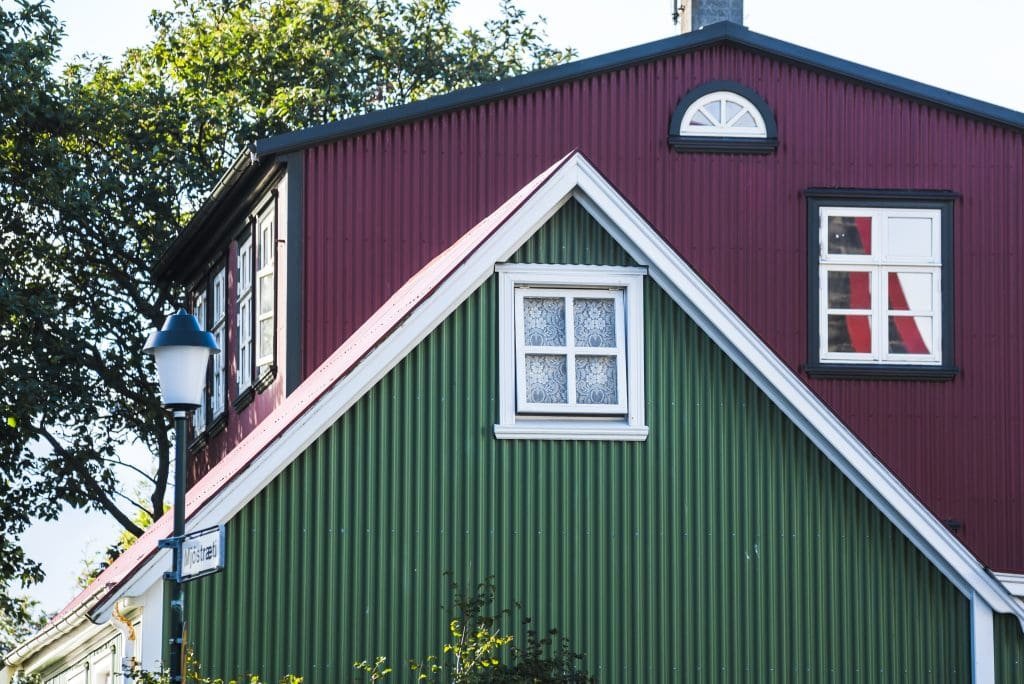
Common Mistakes in DIY Siding Replacement
Many homeowners consider taking on siding replacement as a DIY project to save money. However, this can frequently lead to mistakes that may cost more down the road. Common errors include improper measuring and cutting of materials, neglecting proper installation techniques, and underestimating the importance of weatherproofing.
Furthermore, without the right tools and equipment, achieving a professional-level finish is unlikely. Missteps in the DIY process can not only lead to an unsightly exterior but may also cause damage, resulting in higher repair bills. For instance, failing to use a level can result in uneven siding, which not only looks poor but can also trap moisture, leading to rot and mold. Additionally, overlooking the need for proper ventilation can create an environment conducive to pests, further complicating your home’s upkeep.
Missteps in Choosing Siding Material
Choosing the wrong siding material is another major pitfall. Factors to consider include not just aesthetics, but also local weather conditions, maintenance commitments, and overall budget. Failing to analyze these components can result in a material that deteriorates quickly or requires extensive upkeep, defeating the purpose of a siding replacement.
Be mindful of the pros and cons of each material option you are considering and consult reputable sources or professionals. Taking the time to do thorough research can prevent costly mistakes. For instance, while fiber cement siding is known for its durability and resistance to fire, it can be more expensive and labor-intensive to install compared to vinyl siding. Understanding the long-term implications of your choice can guide you toward a decision that balances cost, durability, and aesthetic appeal, ensuring that your investment pays off in the years to come.
Pitfalls in Siding Maintenance
Even after a successful replacement, neglecting maintenance is a common mistake. Many homeowners assume that new siding is impervious to wear and tear, which is far from the truth. Each type of siding requires different types of care; for example, wood siding may need regular painting and sealing to prevent water damage, while vinyl siding should be washed periodically to prevent mold buildup.
Ignoring these maintenance tasks can ultimately shorten the lifespan of your siding and may lead to premature replacement, which can be both costly and frustrating. Establish a maintenance schedule suited to your siding material and stick to it. Additionally, consider seasonal inspections to catch any potential issues early. For instance, after heavy storms, check for loose panels or signs of water infiltration, and address them promptly to avoid more significant problems later. By being proactive in your maintenance efforts, you can extend the life of your siding and keep your home looking its best for years to come.
Tips for a Successful Siding Replacement
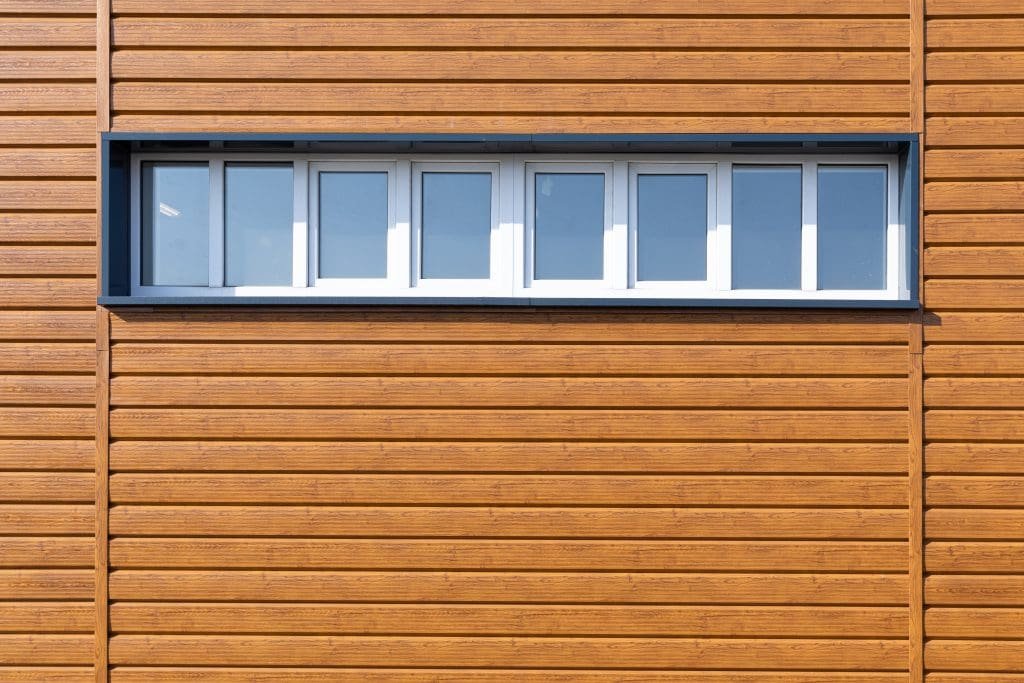
Preparing Your Home for Siding Replacement
Proper preparation can significantly ease the siding replacement process. Start by clearing the area around your home, including flower beds, outdoor furniture, and any other obstacles that may hinder access to your home’s exterior. This allows the contractors to work more efficiently and safely. Additionally, consider covering any nearby plants or landscaping features with tarps to protect them from debris and dust that may be generated during the installation.
Additionally, it’s advisable to inform your neighbors about the impending work, especially if there will be significant noise or disruptions. Establishing a friendly relationship with those nearby can help mitigate any inconvenience caused during the project. You might even offer to share updates on the progress, which can foster goodwill and understanding. If you have pets, make arrangements to keep them indoors or away from the work area to ensure their safety and comfort.
Budgeting for Siding Replacement
Crafting a realistic budget is crucial for the success of your siding replacement project. Consider not just the cost of materials but also labor, disposal of older siding, and any additional features or finishes you may want (e.g., insulation or trim work). Research various siding options, as prices can vary significantly based on the material chosen—vinyl, wood, fiber cement, and metal all come with different price points and maintenance needs.
It’s a good practice to set aside a contingency fund of around 10-20% of your total budget for unexpected issues that may arise. Proper financial planning allows you to stay within budget while also accommodating any surprises that enhancing home durability might bring. Additionally, consider exploring financing options or seasonal promotions that some contractors may offer, which can help alleviate the upfront costs associated with your siding project.
Ensuring Longevity of Your New Siding
After replacing your siding, it’s vital to prioritize its longevity. This includes choosing quality materials, hiring experienced installers, and adhering to a maintenance schedule. Conduct regular inspections and cleanings appropriate to the material used, and promptly address any minor damages before they escalate. For instance, if you opt for wood siding, be vigilant about checking for signs of rot or insect damage, while vinyl siding may require occasional power washing to maintain its appearance.
Finally, keep records of any maintenance or repairs conducted to track the treatment of your siding over the years. This not only helps with maintenance planning but can also be beneficial for future home buyers who may inquire about the condition of your home’s exterior. Moreover, consider documenting the installation process with photos, as this can serve as a valuable reference for any future renovations or repairs. By being proactive about your siding’s care, you can ensure that it remains a beautiful and protective element of your home for many years to come.
In summary, siding replacement is a significant investment that impacts your home’s protection, efficiency, and aesthetics. By understanding the essential do’s and don’ts along with implementing the tips provided, you can ensure a successful siding replacement project.

